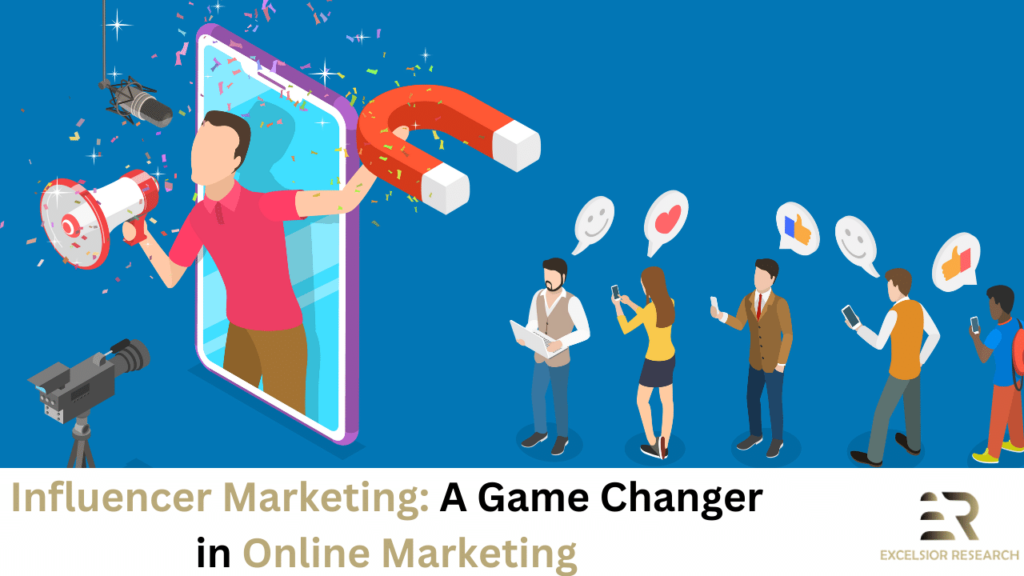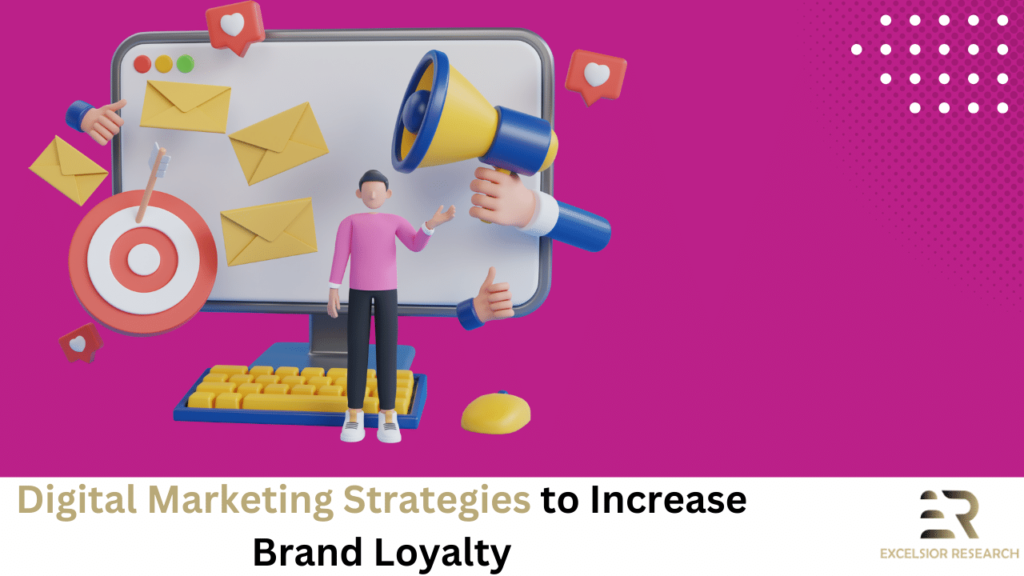
B2B Retargeting: Unleashing Its Power
Have you ever wondered why your website visitors don’t seem to click on your call-to-action (CTA), submit that form, or respond to your emails? There could be many reasons for this, such as browsing without any particular intent, researching a topic, or simply comparing options. However, the important thing is that they have left your website without taking action. But don’t worry, retargeting can help bring them back and give you a second chance to make a lasting impression.
Retargeting is a popular marketing technique that allows businesses to target users who have already shown interest in their products or services. While retargeting is commonly used in B2C marketing, it can also be a powerful tool in B2B marketing. B2B retargeting can help businesses to reach decision-makers, generate leads, and ultimately increase their revenue.
Retargeting is a powerful marketing technique that works because by the time a prospect reaches out to a sales representative, they have already completed more than half of the buying process. This means that their decision is already made or nearly made. Remarketing allows you to stay in front of your potential customers and increase the chances of converting them into paying customers. In fact, remarketing has been shown to convert almost 50% of web traffic.
The two main objectives of marketing are to build brand awareness and encourage return visits and search inquiries. Remarketing can achieve both of these objectives, and it is just as effective in B2B as it is in B2C. The purchase journey in B2B is usually longer and more complex, with multiple decision-makers involved and significant budgets to consider. This is where retargeting can be especially valuable for brands to remain top of mind while businesses take their time to reach a decision.
In this blog post, we will explore the power of B2B retargeting and how businesses can use it to their advantage.
What is B2B Retargeting?
B2B retargeting is a form of online advertising that targets users who have previously engaged with a business but did not convert. This can include users who visited the business’s website, opened an email, or interacted with a social media post.
Retargeting works by placing a cookie on the user’s browser when they first engage with a business. This cookie allows the business to target the user with relevant ads as they browse the internet. By showing ads to users who have already shown interest in a business, B2B retargeting can be a highly effective way to generate leads and drive sales.
Why is B2B Retargeting Important?
B2B retargeting is important for several reasons. Firstly, it allows businesses to reach decision-makers who may have been interested in their products or services but did not convert the first time around. By targeting these users with relevant ads, businesses can increase their chances of generating a lead or making a sale.
Secondly, B2B retargeting can help businesses to stay top-of-mind with potential customers. By showing ads to users who have engaged with their brand in the past, businesses can remind these users of their products or services and encourage them to return to their website.
Finally, B2B retargeting can be a cost-effective way to advertise. Since retargeting only targets users who have shown interest in a business, it can be more efficient than traditional advertising methods that target a broad audience.
How to Use B2B Retargeting
To make the most of your B2B retargeting strategy, you should start by properly segmenting your audience based on their behavior and sales-readiness, similar to lead scoring. This allows you to personalize your interactions and deliver targeted ads and marketing materials depending on where your audience is in the purchasing journey. By analyzing website visitor statistics and matching them with data from your CRM, you can gain a better understanding of your audience and improve lead conversion through retargeting.
To use B2B retargeting effectively, businesses should follow these steps:
- Identify the audience: The first step in B2B retargeting is to identify the audience that you want to target. This can include users who have visited your website, engaged with your social media posts, or opened your emails.
- Create relevant ads: Once you have identified your audience, you should create ads that are relevant to their interests and needs. For example, if a user has visited your website and viewed a particular product or service, you could retarget them with an ad that highlights the benefits of that product or service.
- Set up retargeting campaigns: To set up retargeting campaigns, businesses should work with a platform or provider that specializes in retargeting. These providers can help businesses to set up retargeting campaigns that target users across different channels, including social media, email, and display advertising.
- Monitor and optimize: Finally, businesses should monitor their retargeting campaigns and optimize them based on performance. By analyzing data and making adjustments to their campaigns, businesses can improve their retargeting effectiveness and generate more leads and sales.
Conclusion
It’s important to keep engaging prospects at every stage of the B2B sales funnel, which typically lasts four to seven months. Since relying solely on search traffic has a low conversion rate, retargeting helps you reconnect with prospects who may have dropped off during the awareness or consideration stages. By focusing on the three-stage trinity of lead generation, lead nurturing, and proposal, you can develop a micro-level retargeting strategy.
Creating customized landing pages is another effective way to improve the user experience and increase conversion rates. By understanding where your target audience is in the sales funnel, you can craft messages and content that resonate with their needs and interests. The landing page should include a brief and compelling headline, a subheading that subtly conveys the offer, an audio-visual representation of the offer, a brief note explaining the benefits or perks, a CTA that entices the visitor, a simple form to complete the offer, and testimonials or reviews that highlight the value of the offer.
In today’s competitive market, retargeting is a crucial part of any successful B2B strategy. By carefully analyzing your audience and prospects, you can create relevant messaging that drives conversions. With the right effort and timing, you can present your offer in the most lucrative way to the right people and see the rewards flow in.
B2B retargeting therefore can be a powerful tool for businesses looking to generate leads and increase revenue. By targeting users who have already shown interest in their products or services, businesses can improve their chances of making a sale and stay top-of-mind with potential customers. To use B2B retargeting effectively, businesses should identify their audience, create relevant ads, set up retargeting campaigns, and monitor and optimize their campaigns based on performance.
Don't forget to share this post
Our Recommendation









